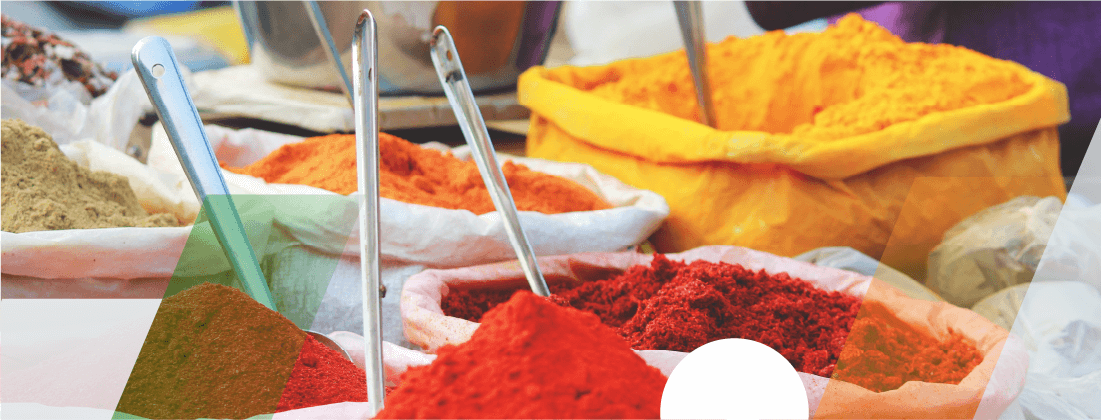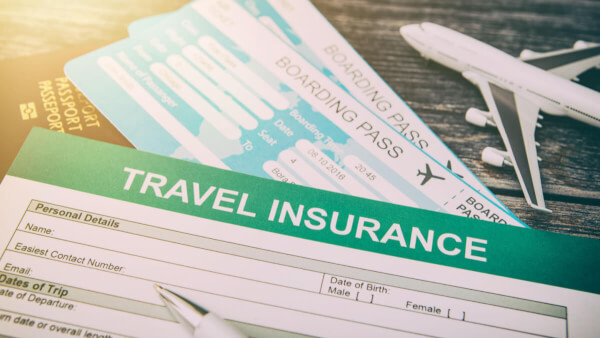Travel insurance for family - Guide to coverage, providers and more
Heading on a family holiday? Here’s all you need to know about travel insurance for family, including coverage, exclusions, and the top providers in Australia.

A trip to India is on the bucket list for many. Whether you want to immerse yourself in India’s vibrant cities, find a peaceful place to practise yoga, or simply hit the beach, there are plenty of options.
India is - for the most part - a relatively cheap destination. However, you can always do more with your time if you have the money to treat yourself to some different activities, delicious foods, or a new adventure. Cut your costs when travelling with the Wise borderless account and linked Mastercard - we’ll talk about how, later.
There are so many different options to consider when visiting India. It’s a vast country, and any single trip is likely to focus on one area or another - unless you have the luxury of a lot of time to really explore. Each state has their own official tourism website to help you plan a holiday there. You’ll find them all under the umbrella of the nationwide site, which is a smart place to start your research, and pick a region to begin with¹.
Once you have come up with an itinerary, you’ll want to do more specific research based on the activities you’re likely to want to take part in. If you’re there to eat, take a look at guidance on good food hygiene and how to deal with any minor stomach upsets while you travel. If you’re planning on doing adventure activities, look for reputable and recommended providers who follow the highest safety standards. And of course, even if all you plan to do is hit your resort and stay there, you’ll need to look into the best options for getting from the airport to your destination to make sure you’re not wasting precious time when you arrive.
It’s worth noting that the Australian government advises extra caution when visiting India due to the risk of terrorism, crime and unrest. Most visitors will experience no problems whatsoever when travelling in India - but it’s a smart idea to read the guidance and advice on the India page on the Smart Traveller website².
For many, heading to India is the trip of a lifetime. You want to make the most of every minute - which gets easier when you have a higher budget. Cut your costs and have more to spend on yourself with these tips and ideas.
You’ll need to convert your dollars to rupees to spend when you’re in India. To know whether your bank or chosen provider is offering a good exchange rate, get yourself an online currency converter or app which will show the mid-market rate for the currency.
The mid-market rate is the best benchmark to use as it’s the one banks get when they buy a currency themselves. However, it’s common to find that providers add a markup to this rate which is effectively an extra fee to pay.
Avoid paying this extra margin - and cut your costs overall - by using the Wise borderless account and card. More on that later.
When you travel it’s a smart idea to have several different payment methods available, which usually means you’ll have both cash and cards with you.
Using a debit or credit card where they are accepted is a good way to get a fair exchange rate - but you’ll need to check with your home bank to see what extra charges you may pay for using your card overseas.
Many accounts are subject to foreign transaction charges, which can be flat fees, percentage charges added to each transaction - or both. If you’re not expecting these additional costs, you may find your break in India is more expensive than you realise.
Ever been asked if you want to pay in your home currency instead of the local one when you use your card overseas? That’s DCC - and it can mean you run into all sorts of extra charges you’re not expecting.
Always ask to pay in the local currency to get the best exchange rate and lowest fees.
You can make it easier to manage your money as you travel with a Wise borderless account.
This is a true multi-currency account, so you can hold, send and receive dozens of currencies, and spend them while you travel using the Wise borderless Mastercard. Just top up your account in dollars, and convert to the currency you need using the mid-market exchange rate. You can then spend in stores with no foreign transaction fees, and make fee free withdrawals up to $250 a month, with a low fee applied after that.
As we noted earlier, the Australian government has a number of warnings in place when it comes to travel in India. There are some border regions which are deemed too dangerous for visits, and other places where official advice warns against all but essential travel. If you go to one of these areas, you may find you are unable to access consular assistance, and your insurance may not cover your trip.
Learn more about the Australian consular service with the information, fact sheets and emergency contact information available on the Smart Traveller website³.
All that said, the majority of the 350,000+ Australians who visit India each year have no issues at all. As with any new destination, it is smart to learn a little about the local traditions, culture and laws to make sure you have a problem free visit. Here are a few pointers, to start your research:
You can apply for an e-visa online before your visit to India⁴. This is easy enough to do, although you need scanned copies of your passport and some extra photos, and you’ll need to fill in a wide ranging form covering everything from your personal details to the nationalities and birth places of your parents.
E-visas are usually processed within 3 days, and you’ll get one opportunity to re-upload your paperwork or submit further details if your application is rejected for any reason. If your application is rejected a second time for a procedural reason, you’ll need to start the process again.
India is popular with international visitors, but there’s also a huge domestic tourist industry which means there are plenty of accommodation options to suit any preference and budget. You could consider a hostel, homestay, or look for a place in a religious institution such as a Gurdwara, find a city hotel, or head off for a taste of colonial luxury in any one of the high end boutique options and resorts available throughout the country⁵.
Naturally, the price range will be as broad as the number of options available. At cheaper places, it’s worth asking to see the tariff of room prices, and then bargaining if it’s low season or if there’s not much competition. For mid to high end hotels you’ll probably get a better rate by booking online in advance.
Getting around in the cities in India can mean anything from a taxi or bus to a suburban train, metro or auto-rickshaw (tuk tuk). Each city has its own suite of options, and some serve certain areas but not others. For example, in Mumbai, you’ll be able to hop on an auto-rickshaw in Bandra, but as these vehicles aren’t allowed into Old Bombay, you may not be able to take it all the way to your hotel.
Uber is active in 25 cities in India and growing - making getting a ride ever easier.
If you’re travelling between cities in India, you will probably want to choose between a flight, train or bus. Flights are quicker, but an Indian train journey is quite an experience, and taking an overnight train ride will also cut your accommodation costs and deliver you to your destination bright and early the following day. Reserve in advance to make sure you get a ticket for the train you want.
Learn more about travelling in India on a specialist site - the Rough Guide’s India pages has plenty of detailed information about travel options including iconic journeys and simple ways to get where you need to, fast⁶.
With a country the size of India, you’ll probably need to pick a region, or a few key cities with easy connections, to base your itinerary around. Browse the Indian tourist authority website to get inspiration. Here are a few ideas to get you started.
Before you rush off to book your dream holiday, here are a few extra tips.
You’ll have a wonderful time in India, no matter what your plans may be. Do more, by cutting your costs with a Wise borderless account and linked Mastercard.
Sources:
All sources accurate as of 15 Jan 2020
*Please see terms of use and product availability for your region or visit Wise fees and pricing for the most up to date pricing and fee information.
This publication is provided for general information purposes and does not constitute legal, tax or other professional advice from Wise Payments Limited or its subsidiaries and its affiliates, and it is not intended as a substitute for obtaining advice from a financial advisor or any other professional.
We make no representations, warranties or guarantees, whether expressed or implied, that the content in the publication is accurate, complete or up to date.

Heading on a family holiday? Here’s all you need to know about travel insurance for family, including coverage, exclusions, and the top providers in Australia.

Heading on a Babymoon? Learn everything you need to know about travel insurance for pregnancy, including coverage, exclusions, and the top providers.

Looking for a suitable travel insurance for seniors in Australia? Learn everything you need to know, including coverage, exclusions, and the top providers.

Looking for travel insurance for your next trip? This guide compares the best providers for travel, medical coverage and more.

Travelling soon? Learn about travel insurance options for pre-existing conditions, including coverage, exclusions, and the best providers in Australia.

Planning your next cruise? Learn all you need to know about cruise travel insurance in Australia, including coverage, exclusions, and the top providers.